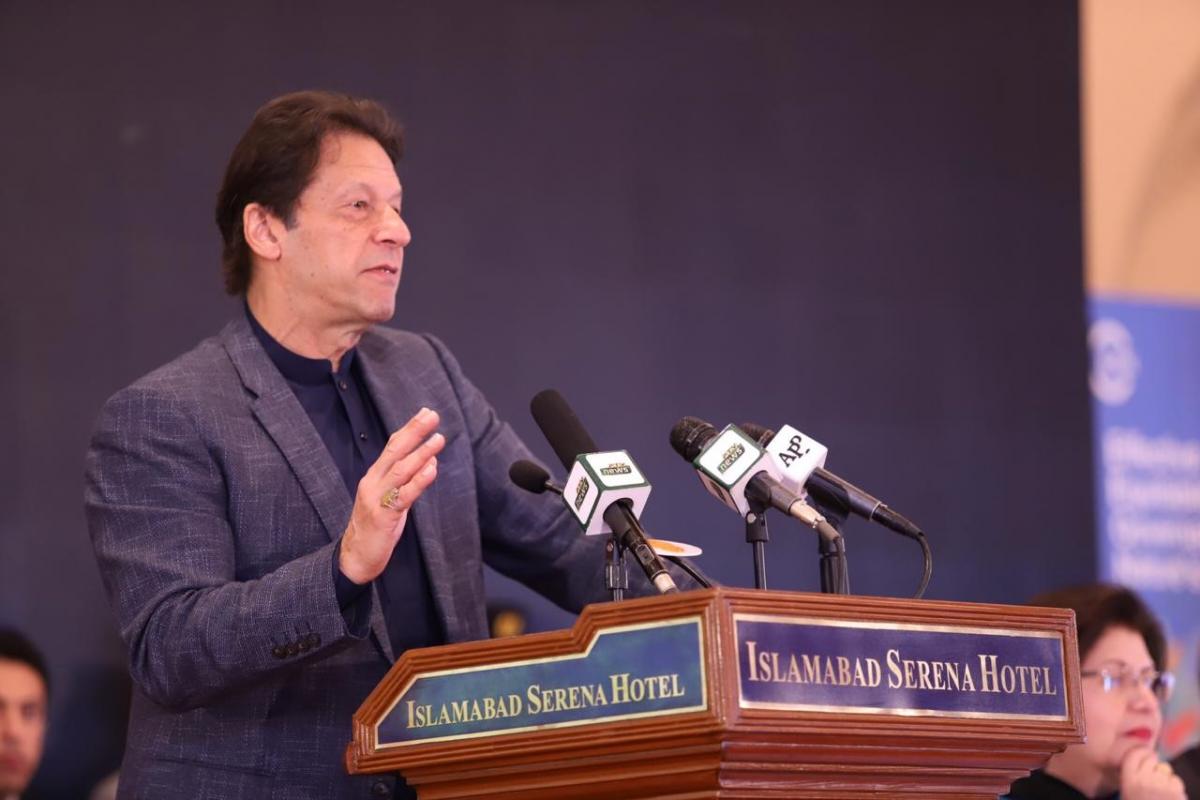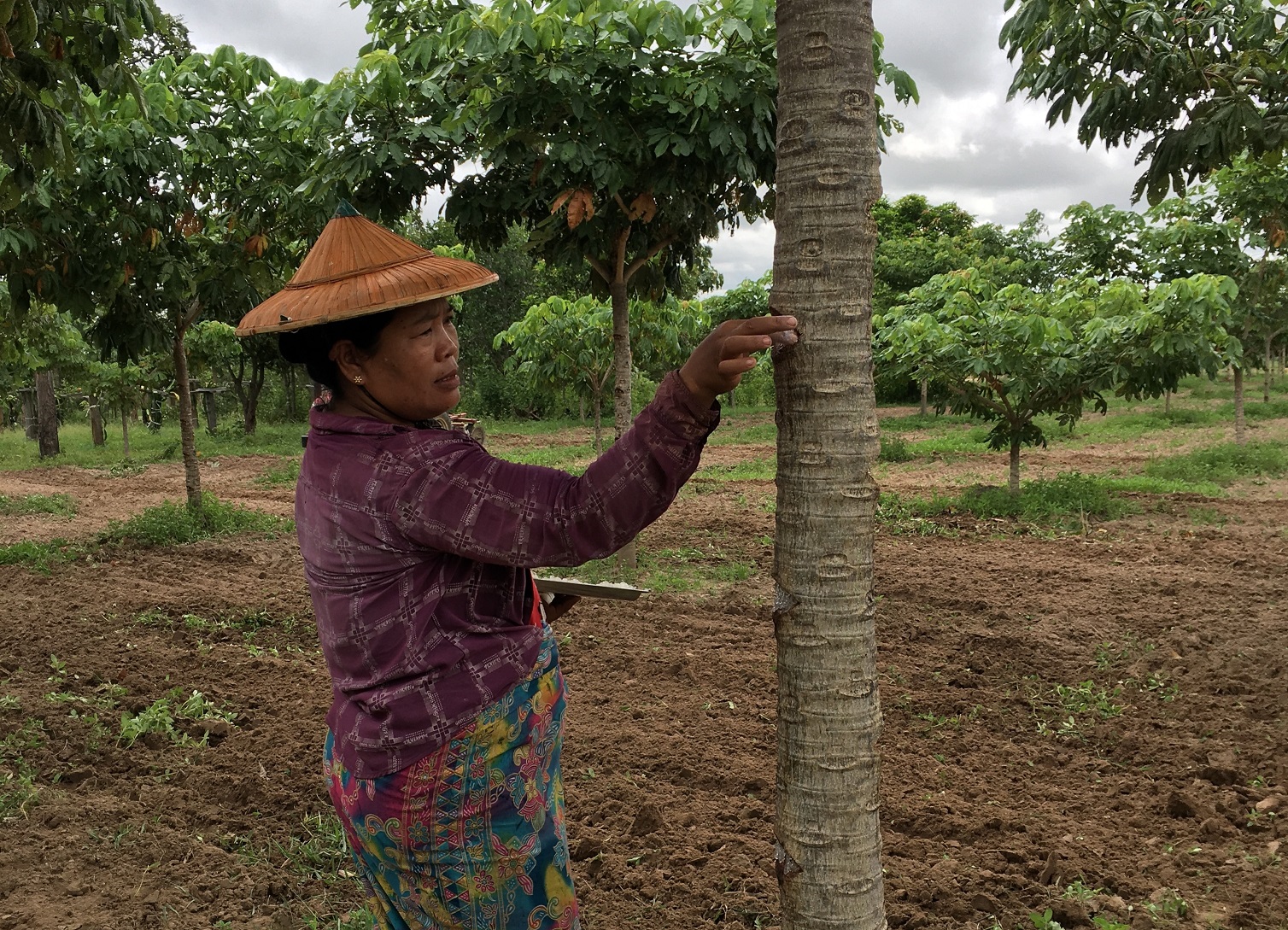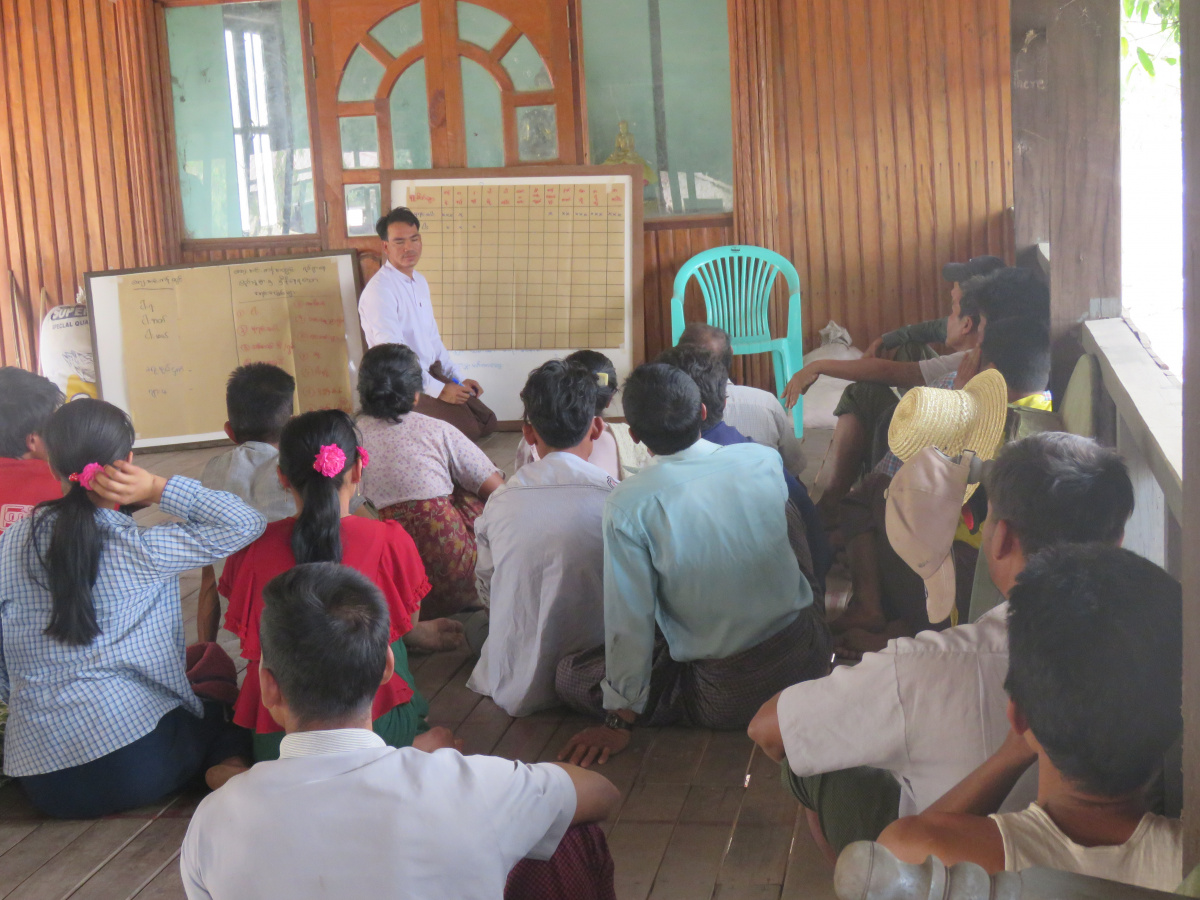The Restoration Initiative: A Myanmar story
Restoration meets the needs of local forest communities in Myanmar
A military coup in early 2021 resulted in a two-year suspension of the TRI Myanmar project’s efforts.
The TRI Myanmar project was officially suspended for two years in November 2021 due to a military coup in the country in February. With the new military regime having declared a year-long state of emergency, IUCN concluded the political conditions in the Southeast Asian country are an impediment to the TRI Myanmar project’s restoration plans and activities. This political upheaval follows the easing of COVID-19 restrictions that had delayed the finalization of the project execution agreement between IUCN and the Myanmar Forest Department in 2020. Though few activities could be executed following the coup, the TRI Myanmar project has successfully established numerous project activities since its conception.
Steps forward since initiation
In 2019, the TRI Myanmar completed the project launch with the full participation of the national and regional government departments. The team hosted ROAM workshops at the regional and township levels and coordinated closely with project partners, including the Myanmar Forest Department, the Nature Conservancy (TNC) and the Myanmar Environment Rehabilitation Conservation Network. These workshops were attended by 432 participants from across NGOs, the private sector, local community members and more.
Building on prior national-level analysis, the ROAM assessment zeroed in on 29 areas covering just under 292,000 ha for FLR. The Restoration Initiative incorporates FLR approaches within its projects seeking to restore ecological functionality within a deforested or degraded forest while simultaneously enhancing human well-being. As part of this larger assessment, the TRI Myanmar project initiated two studies conducting a cost–benefit analysis of restoration options in six villages in the dry, central Sagaing Region. Plantations of Sterculia versicolor – a native tree that produces resin and an oil-rich seed used in cooking – stood out as having the highest potential for investment return. Other important aspects highlighted in the assessments included the importance of NTFPs, such as nuts, gums, mushrooms, fruits herbs, fish and wild game, to the forest communities of Myanmar, and the need for local laws to regulate unsustainable levels of non-commercial harvesting.
Accompanying the cost–benefit analysis of restoration efforts in the Sagaing Region were reports on plant and animal life, specifically a STAR assessment. The TRI Myanmar project and its partners followed up to determine which actions were necessary and at what scale to protect Myanmar’s unique species. Together, these insights were incorporated into sustainable and effective annual management and restoration plans for the six project townships. As examples, activities planned included the restoration of the Asian elephant (Elephas maximus) habitat, tree seedling distribution to community forest user groups and increased forest surveillance and patrolling.
Developments during the COVID-19 pandemic
In 2020, the TRI Myanmar staff, having to work from home due to government directives in response to the COVID-19 pandemic, stayed active in advancing FLR approaches in Myanmar beginning with a signed partnership with TNC to support work that strengthens the policy environment in Myanmar. The TRI Myanmar project supported the Myanmar Restoration and Rehabilitation Programme and advocated directly for FLR and ROAM concepts to be included as national priorities and, furthermore, advocated for the formation of a National Working Group on Forest and Landscape Restoration.
Despite pandemic-related restrictions, members of the Myanmar Forest Department participated in a TRI-supported workshop on PES. With PES, landowners and farmers who participate receive financial incentives for managing their land in a way that ensures beneficial ecological services are supplied to the local people and ecosystem. This workshop resulted in the Myanmar Forest Department committing to an assessment of how PES could be used to support improved management of the Thapandzik watershed. The Thapandzik watershed and dam are the primary supply of water for over 200,000 ha of land used for rice paddy fields. The TRI Myanmar project was in the process of developing a proposal for this area that integrates a PES scheme.
A project steering committee was also established with the director general of the Myanmar Forest Department serving as chair. However, no formal meetings took place. Ultimately, the unfolding global health crisis meant on-the-ground restoration work was significantly delayed, including a pending implementation agreement between IUCN and the Myanmar Forest Department.
Recommencing on-the-ground operations
In 2021, the TRI Myanmar project was equipped to re-engage with the implementation of FLR and a spectrum of complementary activities that included the following: restorative agroforestry systems, supporting community forest user groups, enabling the assisted and natural regeneration of forests, biodiversity conservation, biological soil and water conservation measures, such as living fences and natural drainage, and creating elephant corridors – narrow paths of land that connect elephant habitats and help reduce animal fatalities.
The dramatic changes to the political climate in Myanmar have made TRI’s operations within the country inadvisable. However, “should the project be allowed to continue, certain actions are front of mind,” explains Bo Sann, Knowledge Management Specialist of TRI Myanmar. For example, the first actions could include a stakeholder and sensitivity analysis among the local communities residing within the project’s six townships. The spread of civil war throughout the country may result in disdain for not only the military but also government departments and their initiatives, including the TRI Myanmar project. Additionally, it may be advantageous that initial priorities cover three key areas: the restoration of degraded forests exploited by illegal logging, promoting local participation in natural resources management and the bolstering of forest governance.
Importantly, communications and information materials about the TRI Myanmar project’s efforts and a land-use change analysis have been produced and shared with partners and forest rangers during field trips to protected areas and in workshops. These materials include fliers, posters and the ROAM handbook – both English and Burmese versions – and are part of a larger knowledge management strategy to disseminate information about the project. Building familiarity and knowledge around FLR implementation and land-use changes will facilitate engagement and interest in FLR among stakeholders when the TRI Myanmar project is able to recommence its restoration efforts.
The TRI Myanmar project supported the Myanmar Restoration and Rehabilitation Programme and advocated directly for FLR and ROAM concepts to be included as national priorities and, furthermore, advocated for the formation of a National Working Group on Forest and Landscape Restoration.
This story is from TRI Year in Review 2021



